Advnture Verdict
Having used the Zenbivy Ultralight Bed extensively over the last year, I thought there was no beating it for comfort. Then Zenbivy went and out-comforted themselves with the new-and-improved Light Bed for 2025. Luxuriously cosy, impressively packable and surprisingly lightweight for something this enjoyable to sleep in, I believe that the Zenbivy Light Bed might just be the best all-around sleep system you’ll find on the market today – it’s certainly my new go-to for all but the coldest nights under canvas.
Pros
- +
An incredibly comfortable way to sleep outside
- +
High-quality materials
- +
Top quality, RDS-certified hydrophobic down
- +
Quilt is versatile as both a blanket in bed or a shawl at camp
- +
Super easy to set up
- +
Delivers on the warmth it promises
Cons
- -
Components must be bought separately
You can trust Advnture
Zenbivy Light Bed: first impressions
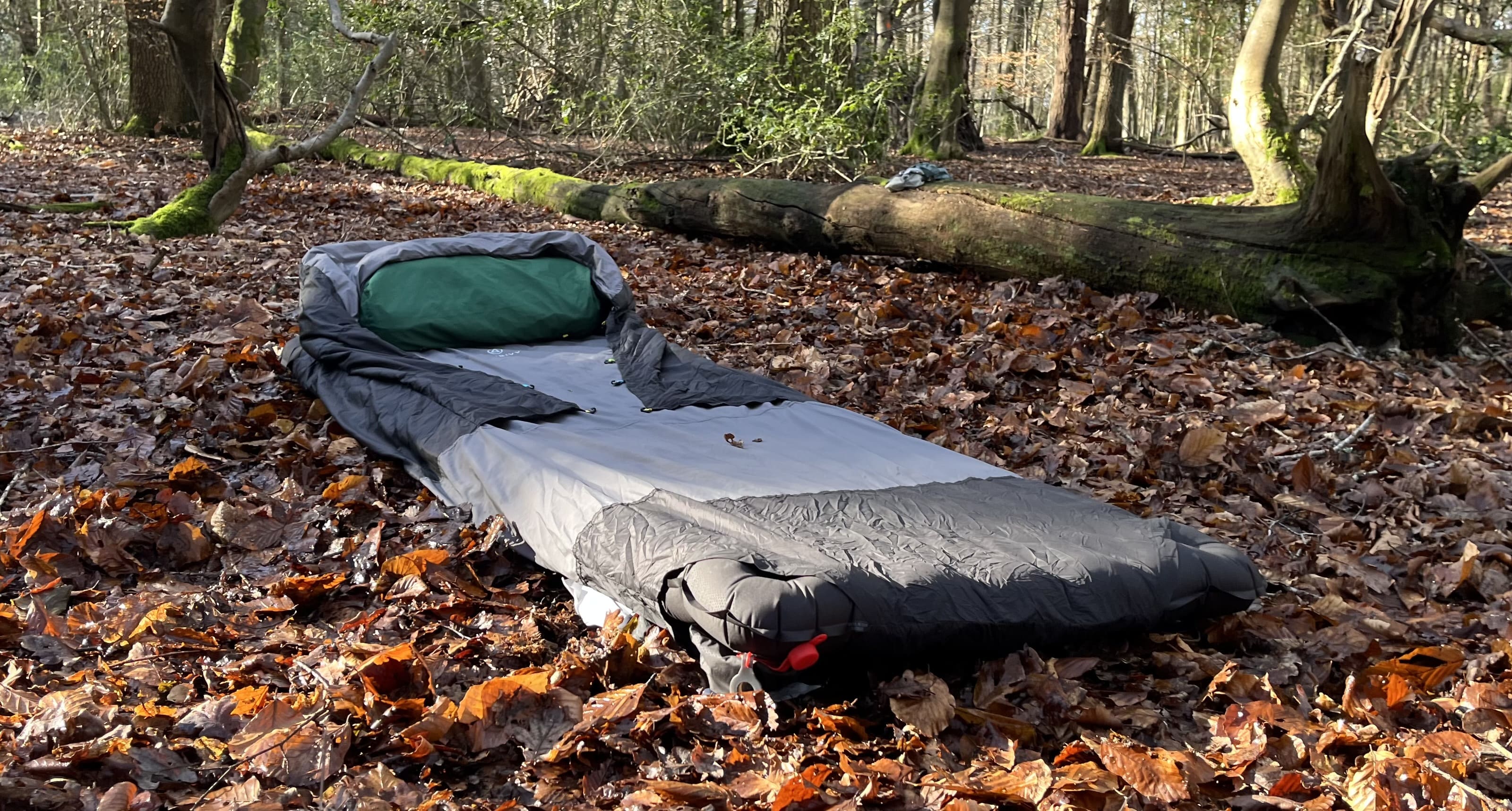
Last year, I was super lucky to get to give Zenbivy’s Ultralight Bed a whirl. And – up until recently – it provided an instant, easy answer to the commonly-asked question of which sleep system I like best. Ultralight, warm and ingeniously innovative, I found that it finally gave me a restful night’s sleep in the backcountry. And while I appreciate it’s not for everyone, I truly found that I slept a whole lot better in the Zenbivy Ultralight Bed than in any other sleep system I’d used before. Until now. You see, new and improved for 2025, Zenbivy has kicked comfort into a whole new universe with its relaunched Light Bed line – their ‘mid-range’ backcountry bed offering that strikes a near-perfect balance between weight and comfort.
List price: $299-$647 depending on the configuration
Sizes available: Regular, Large, XL
Weight: 25°F (-4°C) Light Quilt Convertible in regular: 680g / 23 oz; Air Flex Mattress in Rectangular: 730g / 25oz; Light Sheet Full Length: 250g / 8.8oz
Colors: Black/Burgundy, Forest/Black, Black/Blue
Compatibility: Camping, backpacking, thru-hiking
Hailing from Spokane, Washington, Zenbivy are one of the new guys in backpacking town, leading the charge on how to sleep better outside. Much like Durston, Zpacks and the UK’s Atom Packs, Zenbivy have taken something that has long been left unchanged and flipped it on its head. And just like Durston are doing with tents and Atom Packs are doing with backpacks, Zenbivy are proving that the old ways aren’t necessarily the best – and that there are better ways to sleep outside than in a bag.
To find out more about the brand, I was also lucky enough to catch with Zenbivy’s founder, Michael Glavin, for a chat about backpacking, gear and all things Zenbivy last year. And when asked which product he would reach for in the event of a zombie apocalypse, he said without any hesitation that his sleep system of choice would be the Zenbivy Light Bed due to its ability to just “do it all”. Which, as far as endorsements go, is a pretty strong statement. So, is Michael right?
Zenbivy Light Bed: in the wild
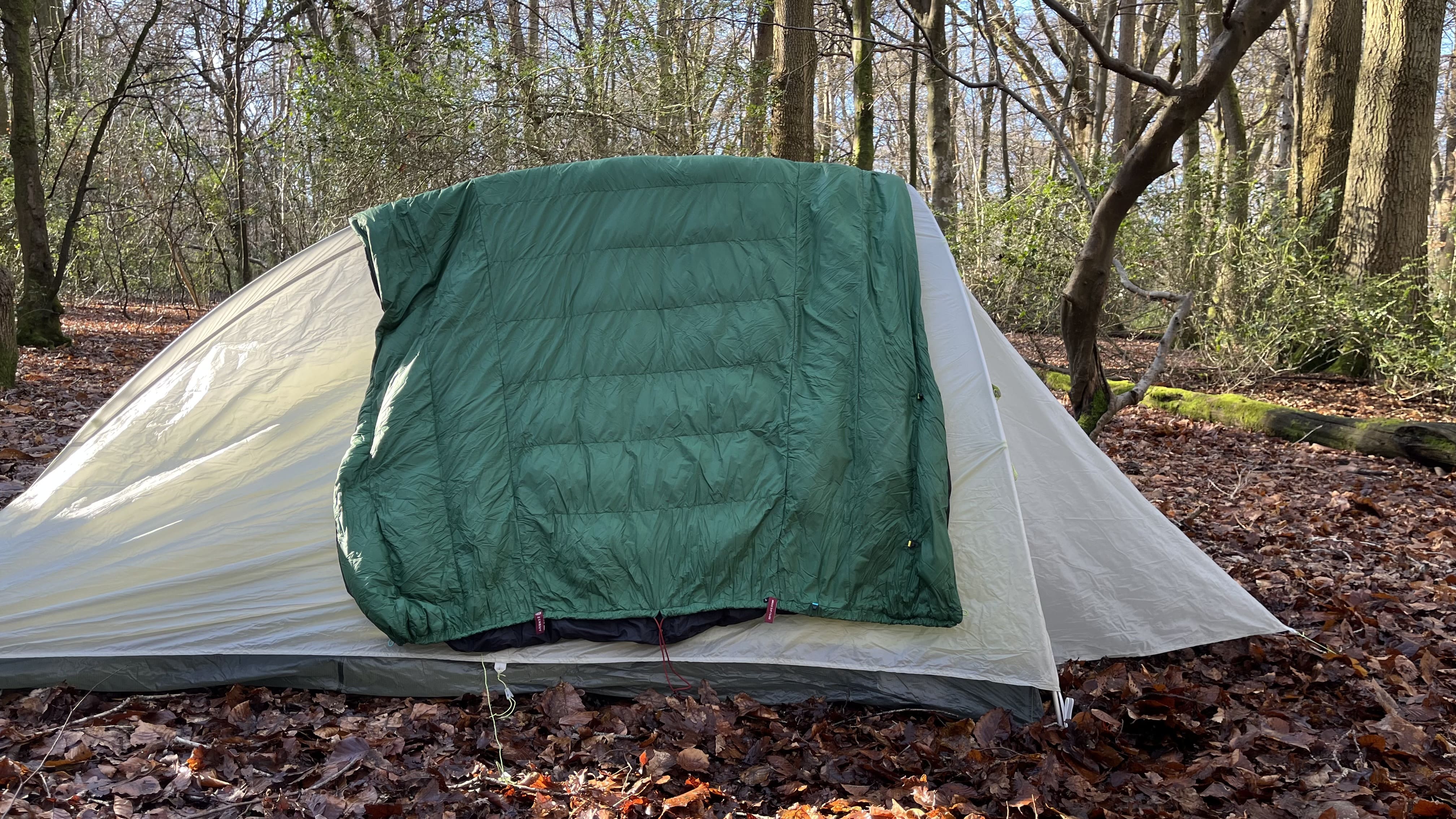
When I talk about the Zenbivy Light Bed, it’s worth taking a step back first and unpacking precisely what that means. You see, unlike a sleeping bag, the Zenbivy Light Bed isn’t one standalone product. The Light Bed actually comprises several different components, like a modular sleep system that you can chop and change. You’ve got the Light Quilt, a luxuriously soft, light and delightfully packable down quilt that sits on top of the bed. Then you’ve got the sheet, which – just like on your bed at home – encases your sleeping pad and comes with risers along each side which clip to the quilt, as well as a headboard-like hood that works in a similar way to a sleeping bag hood. Finally, you’ve got the mattress, which in my case was the Zenbivy Flex Air Mattress, which (to my delight) now comes in a rectangular build, providing a final garnish of comfort over what’s already a smorgasbord of cosiness.
Fully modular, all of these products can be swapped out with different Zenbivy lines or, in the case of the sleeping pad, exchanged for a product you already have. The beauty of the Zenbivy system is in the sheet and the quilt after all, which clip together and to your pad to form a tight and cosy sleeping space, almost as if you were tucked into bed by Mother Nature herself.
Zenbivy Light Bed: components
Zenbivy Light Quilt
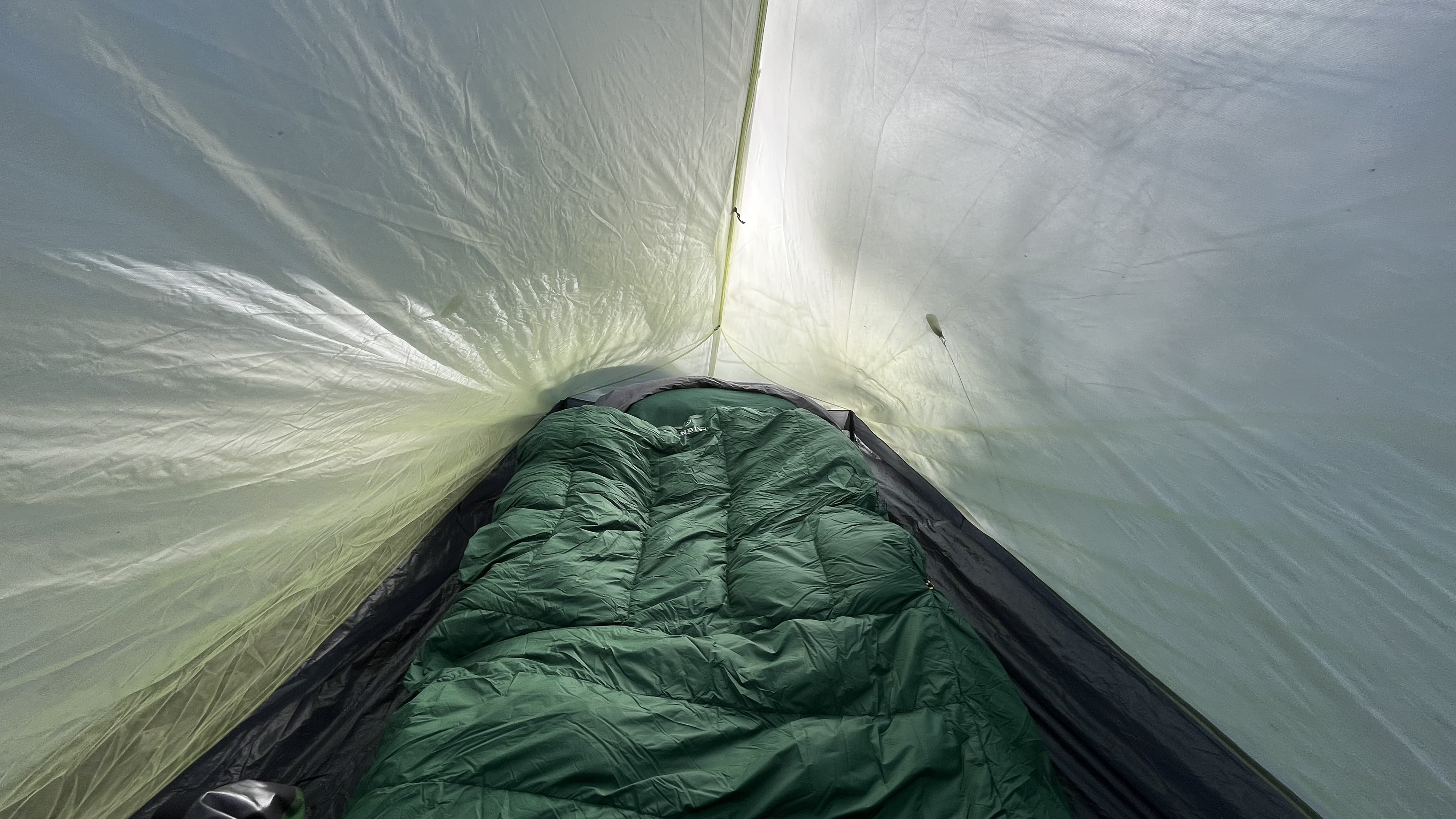
Before we jump in and talk about how the system works as one unified backcountry bed, then, let’s take a look at the individual components, especially considering that each item must be bought separately, starting with the Light Quilt. In my case, I tested the 25°F (-4°C) convertible version in regular. And in a nutshell, it’s excellent. Costing $299 on its own, it comes with a luxuriously soft 25D Pongee lining, 12 oz/343 grams of high-quality 800FP water-resistant and RDS-certified 90/10 duck down, and weighs an incredible 24oz/680 grams. When you compare this with similarly warm sleeping bags, the Light Quilt Convertible comes out lighter almost every time, with even something like the $400 Rab Neutrino Pro 300 down sleeping bag weighing 1.7oz/48 grams more at 25.7oz/728 grams.
For added utility, the ‘convertible’ version of the Light Quilt can also be completely unclipped and spread open wide like a regular duvet. To me, this gave it the added utility of being able to wear it like a poncho on chilly evenings and to use it as a comforter when car camping. And even though I haven’t had the chance to use it on proper warm evenings (yet!), I’m confident that sleeping under it in this configuration will allow me to continue to sleep comfortably in temperatures most 25°F(-4°C) sleep systems would have you melting in.
All the latest inspiration, tips and guides to help you plan your next Advnture!
The Light Sheet
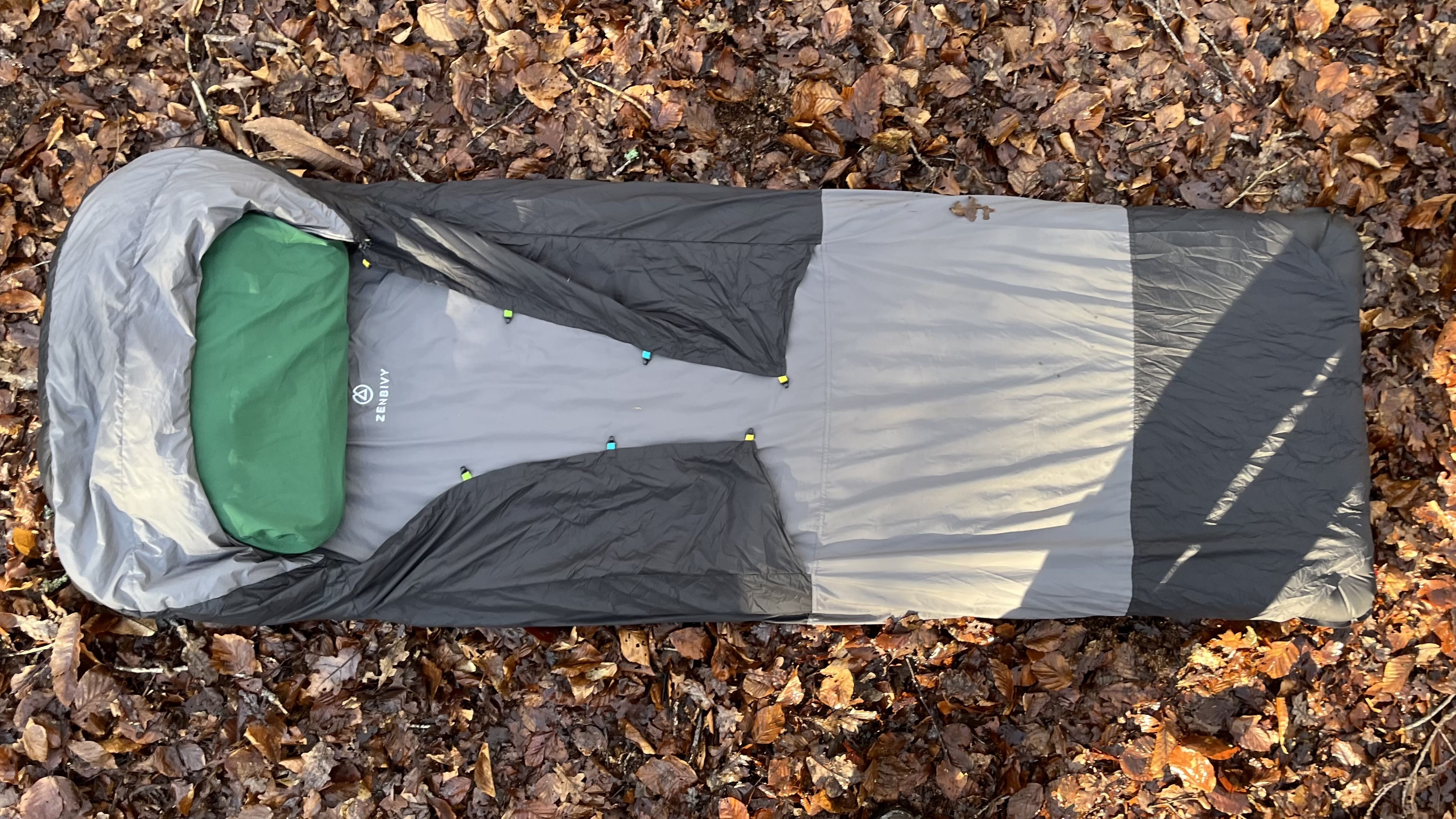
Next up in the sleep system was a full version of Zenbivy’s new and improved Light Sheet. Coming with the same super soft 25D Pongee liner you get on the quilt, as well as completely covering the mattress (the sheet I tested as part of the ultralight set up in 2024 only covered half the mattress), this thing delivers a level of comfort that is about as close as you’ll ever get to your bed at home. Once in, you're flanked on both sides by raised baffles that clip to the quilt to keep out drafts and hold everything down tight onto the bed. Then, above your head, a down-filled hood keeps your head warm and allows you to properly nestle in for the night.
As on the Ultralight system, there are also clips inside the hood to attach a compatible Zenbivy pillow that stop it from moving, no matter how much you roll around in the night (though you can stuff anything in here, from a down-jacket-in-a-dry-bag sort of pillow through to a pillow from your bed at home). Attaching the sheet to your mattress is also reassuringly easy after a long day on the trails. You just stretch it over all four corners and tighten up the central clip to keep it all together.
The Flex Air Mattress
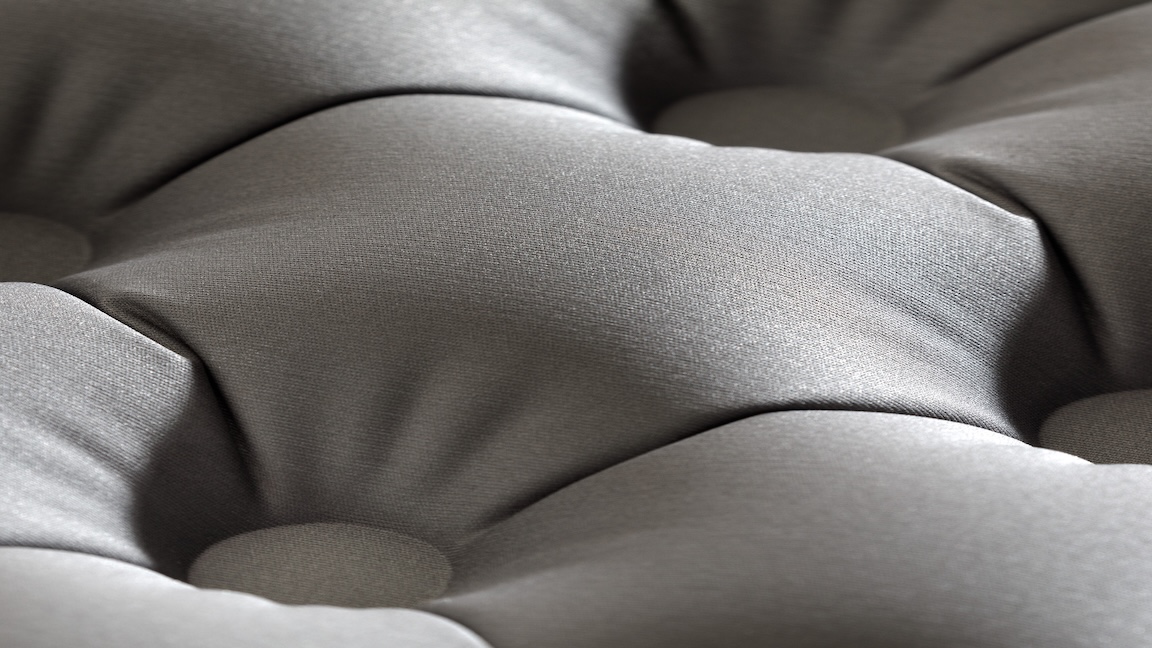
As a part of this setup, I was also sent Zenbivy’s updated Flex Air Mattress, which now comes in a rectangular construction. If you already have a sleeping pad, such as a rectangular Sea to Summit Ether Light XT Xtreme or a Big Agnes Zoom UL, then there’s actually no need to shell out for the pad too. However, if you’re looking for a lightweight, warm and very comfortable sleeping pad, the Flex Air from Zenbivy might just be my new go-to recommendation.
Easy to pump up and small enough to carry as a part of a lightweight backpacking rig, it comes with a 4-way flex top that allows for better movement and alignment with the pad, hyper-supportive offset air cells that cradle you as you sleep, an all-season 4.8 R-value, and – unlike lines from Therm-a-Rest or Sea to Summit - is completely quiet when you roll around on it. And even though this is highly subjective and very personal to my own wonky spine, the Flex Air is the only pad I’ve slept on in years that didn’t result in back pain in the morning – which is a huge win for me.
Granted, at $219 the Flex Air doesn’t come cheap, but if you’re on the market for a comfortable pad, the Flex Air is up there with the likes of Therm-a-Rest and Sea to Summit in my opinion, and is not just something that should be seen as a Zenbivy bed add-on. The Flex Air is perfectly capable of standing out on its own – even if Zenbivy might wince at you pairing it with a sleeping bag.
How the Zenbivy Light Bed system performs together
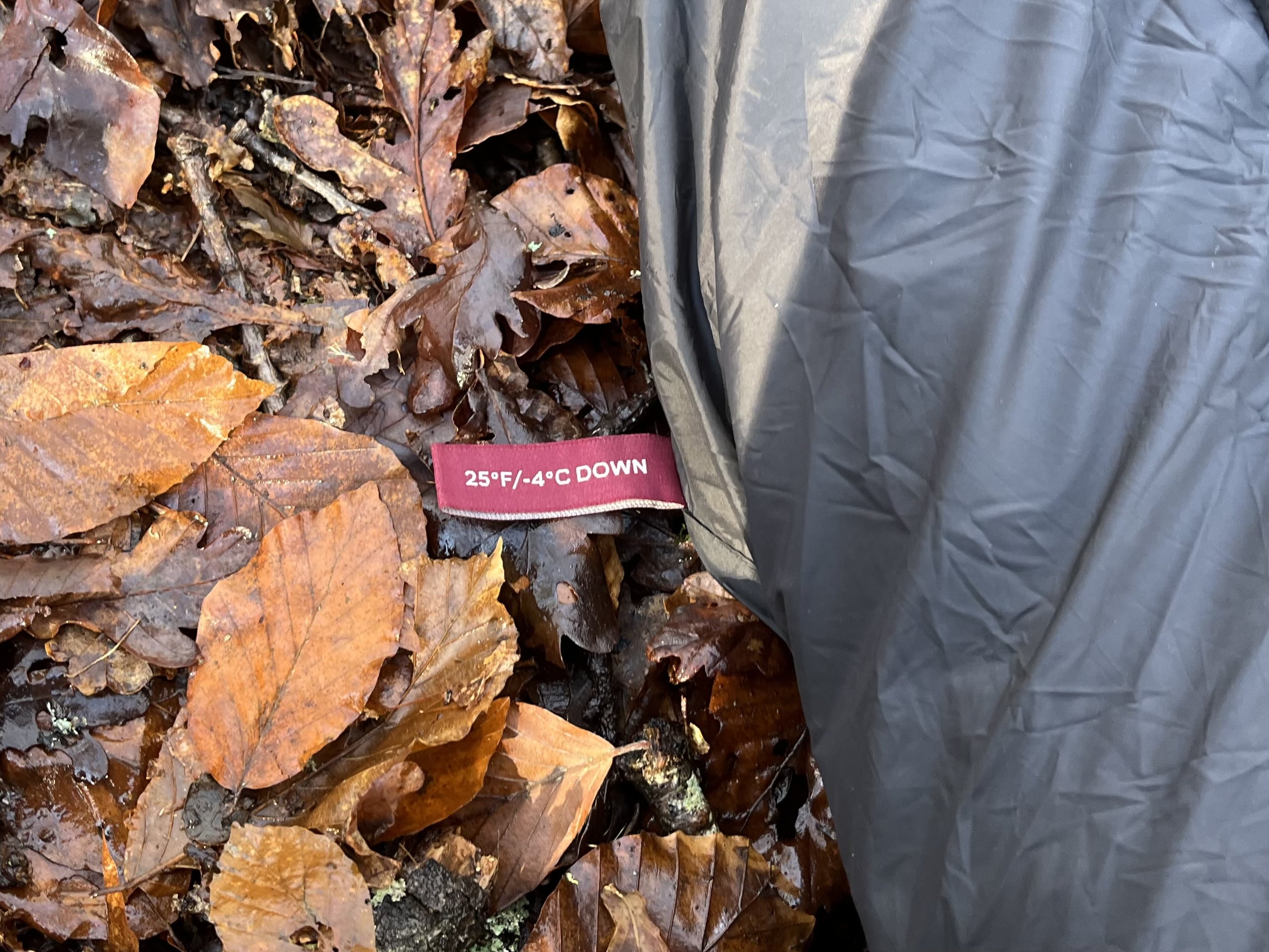
To test the Zenbivy, I got out on a handful of adventures in mid-winter conditions towards the start of this year. As I was testing only 25°F (-4°C) version of the quilt, I waited until temperatures were appropriate to enjoy two camps in some local woodlands, as well as to get out on a more adventurous camp in Bannau Brycheiniog (the Brecon Beacons). And, honestly, I can’t see myself sleeping in anything else again. Which, to be fair, I’m pretty sure I said about the Zenbivy Ultralight Bed barely six months ago.
The first thing I particularly appreciated about this system is just how much sense it makes. Despite the various bits and bobs quickly making your tent look a mess when you get them out of the bag, everything just comes together perfectly after you’ve inflated your pad. The sheet feels tight and steady under your back, and the soft Pongee lining is a huge step up over lying directly onto a polyester or nylon pad.
To attach the quilt, it’s then just a matter of connecting the colour-coded clips to their corresponding partner. Though more laborious than a sleeping bag, this process is complete in a matter of seconds. For max warmth retention, you can do up all of the clips on both sides which tightens everything down. Alternatively, for more breathability, you can open as many as you like. Either way, the Zenbivy Light Bed has got a beautiful way of making you feel free, even when everything is done up tight. Due to not being cocooned in a bag, you’ve got more room to rotate, go from belly to back and roll to your side, all without coming off the pad or losing your pillow off to the side (which, following the Zenbivy philosophy, is way more representative of how you’d sleep at home).
When it comes to warmth, this is very subjective. What’s warm for me might be too cold for you. But I found the Light Bed to do pretty much what it says on the tin. On one night, the temperature dropped to just above freezing (about 37°F (-3°C) , and in some base layers and a thin fleece mid-layer, I felt perfectly cosy in the Zenbivy Light Bed. Would I take it down colder than that? Probably not (that’s when I’d opt for the 10°F (-12°C) Ultralight Quilt I’m also lucky to have on my gear shelf), but I’m a notoriously cold sleeper, the type of guy who sleeps in a 3-4 season sleeping system year-round, even at the height of summer.
Meet the reviewer
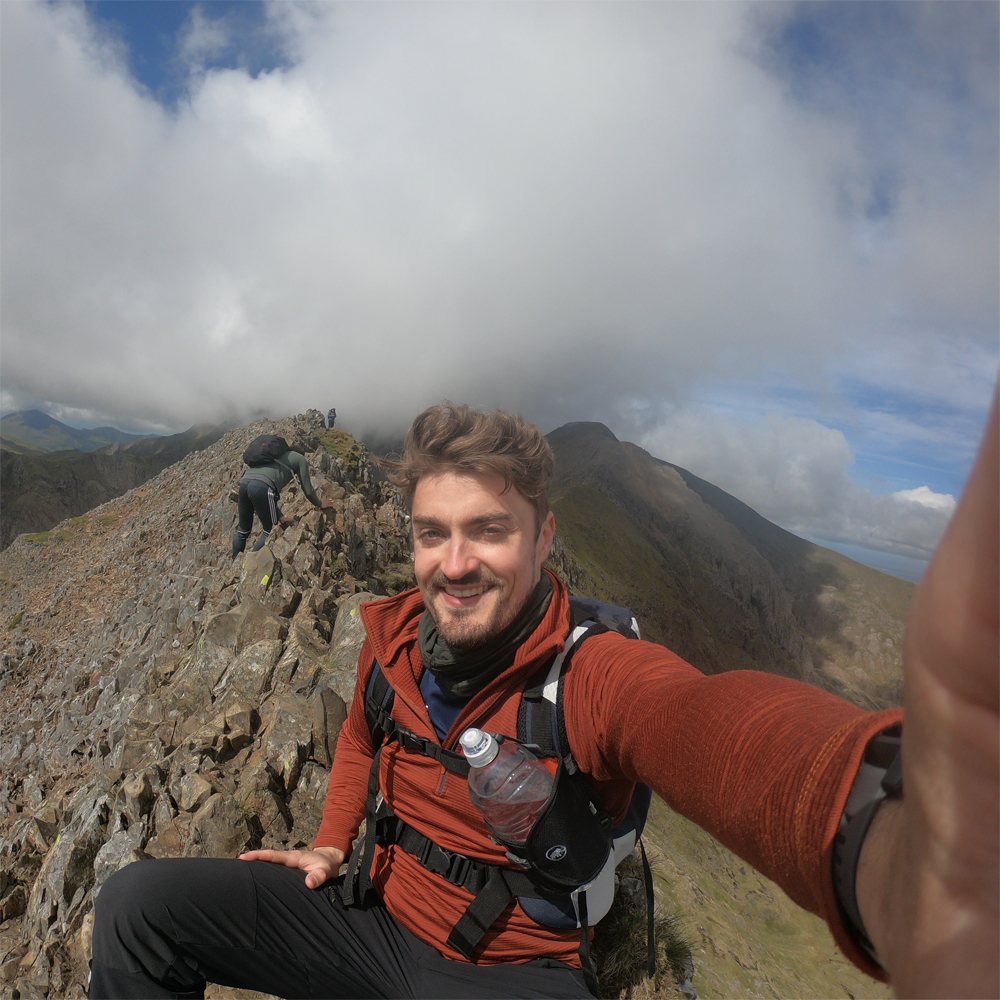
Growing up just south of the glorious Brecon Beacons National Park, Craig spent his childhood walking uphill. As he got older, the hills got bigger, and his passion for spending quality time in the great outdoors only grew – falling in love with wild camping, long-distance hiking, bikepacking and fastpacking.
Weight and packability
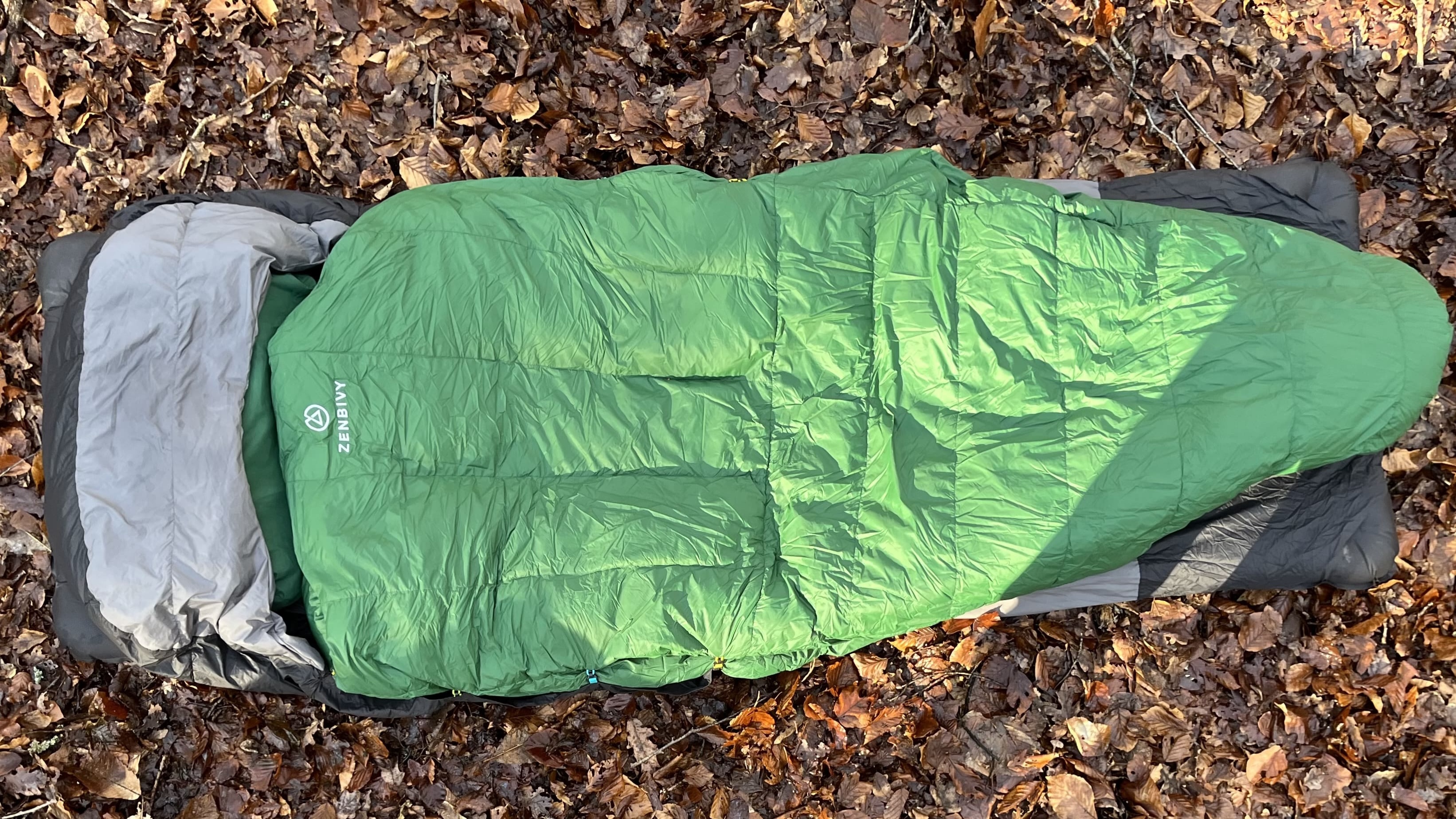
Despite this system comprising various individual parts, I’m also pleased to note that it’s exceedingly packable. The Air Flex mattress packs down to about the size of a 500 ml Coke bottle and weighs a very respectable 26oz/730 grams in its largest rectangular form (the smallest tapered version comes in almost 7oz/200 grams lighter at 20oz/567 grams). The Light Quilt in regular can be compacted down to a ball about the size of a small football and weighs a delightfully lightweight 24oz/680 grams.
And the sheet? That packs down to the size of a grapefruit and weighs in at a barely noticeable 9oz/250 grams. All to give you a modular sleep system that, together, packs down to about the same size as your average 3-season sleeping bag and weighs a combined 3.5lbs/1.6 kg. To me, that makes the Zenbivy Light Bed system perfectly packable for practically any trip, save perhaps fastpacking overnighters or bikepacking trips when there’s limited space in your panniers.
All in, I absolutely love the Zenbivy Light Bed. It’s light and packable enough that you can take it on almost any adventure, and it delivers industry-leading comfort when you’re out in the great outdoors. After spending around half a dozen nights in it, I now fully agree with Michael: this is the sleep system I’d pick in the event of a zombie apocalypse, too. If nothing else, at least I’d be well-rested.
Growing up just south of the glorious Brecon Beacons National Park, Craig spent his childhood walking uphill. As he got older, the hills got bigger, and his passion for spending quality time in the great outdoors only grew - falling in love with wild camping, long-distance hiking, bikepacking and fastpacking. Having recently returned to the UK after almost a decade in Germany, he now focuses on regular micro-adventures in nearby Snowdonia and the Brecon Beacons, as well as frequent trips to the Alps and beyond. You can follow his adventures over on komoot.
